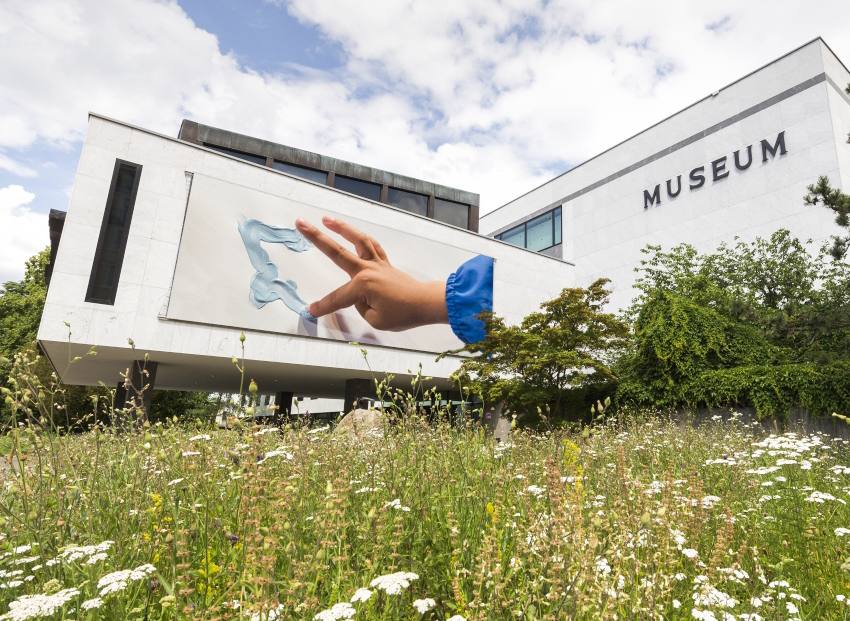The Geneva Natural History Museum unveils its energy vision

Geneva's Natural History Museum closed its doors on 1 January 2024 for a year to undergo major renovation work. The transformation will involve not only the exhibition rooms, but also the extension of the building to accommodate the collection and research facilities. The aim is to create a modern, sustainable infrastructure capable of meeting growing needs by 2027.
The new extension for the collections, designed by MAK Architecture, will complement the existing wings dating from the 1960s. With over 15 million objects on display, including animals, rocks and minerals from all over the world, the MHNG is the largest natural history museum in Switzerland and one of the ten largest in Europe. This extension will not only enable the collections to be better organised and presented, but will also create new workspaces, improve visitor reception areas and create a new space for temporary exhibitions.
Energy efficiency as a key element
One of the central aims of the project is to improve the museum’s energy efficiency. The historic part of the building already underwent an energy-efficiency renovation in 2012, and the new extension will be built to the very high energy-efficiency standard. This is in line with the City of Geneva’s strategy of using 100% renewable energy and eliminating CO² emissions by 2050.
Photovoltaic installation and sustainable lighting
One of the highlights of the renovation is the installation of the second largest photovoltaic system in the city of Geneva. In addition, the entire building will be fitted with high-efficiency LED lights and will use natural lighting to further reduce energy consumption.
Heating and air-conditioning systems
The heating needs of the new extension will be met entirely by renewable energies, and the total share of renewable energies on the entire site will gradually rise to 80%. A heat pump will be the main source of heating energy, saving 70 tonnes of CO² emissions per year compared with conventional systems. In an emergency, gas heating will be available as a back-up solution.
Optimised ventilation and air conditioning
Particular attention has been paid to ventilation and air conditioning in order to protect the fragile collections from harmful variations in humidity. This will enable the museum to receive valuable loans from other institutions that require high conservation standards.